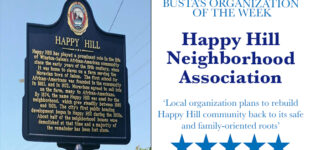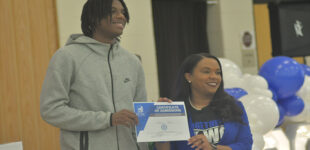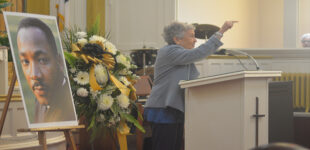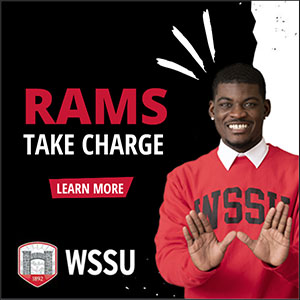Event reflects on Columbia Heights and WSSU
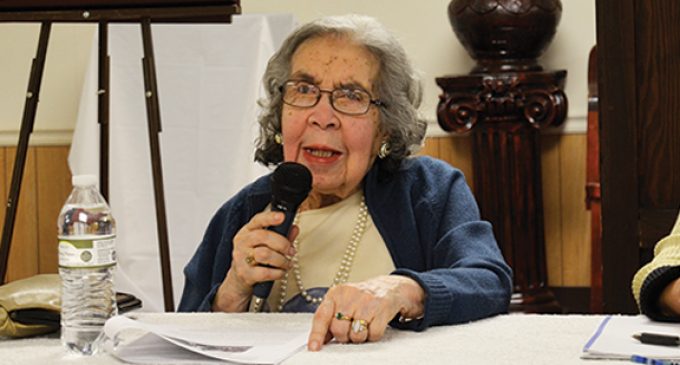
By Todd Luck, The Chronicle
Residents fondly remembered life in the Columbia Heights community located around Winston-Salem State University (WSSU) and lamented the challenges the university still faces in a forum held last week.
The New Winston Museum held the last in its “Lost, Found & Transformed” series on local African-American history at Mars Hill Baptist Church last Thursday, Nov. 16, moderated by UNCSA Professor Rosemary Millar. The historic church is located in what was once commonly referred to as Columbia (or Columbian) Heights. The community is located around WSSU, which was originally called Slater Normal and Industrial Academy, before it became the Winston-Salem Teachers College and eventually WSSU. The university is now under state authority as a North Carolina public university.
A panel of longtime residents of Columbia Heights described growing up in a close-knit neighborhood that took great pride in being around a black college.
Gloria Diggs Banks said that her mother would take her to all the lyceum programs at the Teachers College where she saw renowned singers Marian Anderson and Roland Hayes and many other artists. She said she would always use the college’s library as a child. She said that the single faculty members at the Teachers College would come to her mother’s house to ask her to cook things they liked.
“There was very good relations between the community and the college,” she said “This was the only way we had to opening up our mind to higher education.”
Sandra Jenkins Armstrong said everyone in the neighborhood knew her mom, who was a traffic guard and band chaperone. She said band members would come to their house to call for a ride after practice. If they stayed more than 10 minutes, they’d have dinner with them.
“If sometimes they didn’t have a ride home at night, they’d stay overnight,” she said. “If the weather was bad, they spent the week.”
James M. Lewis Jr. said he loves living around the university and hoped to see WSSU expand into the neighborhood and buy his house and others. He said the traffic created by WSSU football games and stock car racing at Bowman Gray Stadium doesn’t bother him.
“It inconveniences a little, the game and the races, but we’re just so used to it, we just get out and charge to park in our yard,” he said.
The audience was very active in the discussion.
Former N.C. Rep. Larry Womble said while WSSU was the pride of the black community, it faced opposition from others. He said historically black universities would get “crumbs” while their “flagship” majority counterparts got a “lion’s share.” He said even something as simple as a street named after the university was opposed, though eventually Stadium Drive was renamed to Rams Drive in 2011.
Womble said there’s always going to be opposition to expanding the state-supported college, like what’s happening with the city’s sale of Bowman Gray Stadium to WSSU. The City Council initially voted to sell it in 2013. It’s been held up on the state level, due to methane gas underneath the parking lot there that requires redemption and a brownfields agreement. The gas is not flammable, nor is it harmful to anyone on the stadium property. Even with the environmental concerns, City Council members have questioned why it would take this long to get approval for the sale.
“It’s going to be roadblock after roadblock,” Womble told attendees.
State Treasurer Dale Folwell has said he opposes the sale. He’ll be one of the people in the Council of State who should vote on the deal next year if there are no other delays. The city has contracted with WSSU since 2014 to operate and maintain the stadium in preparation for the sale.


